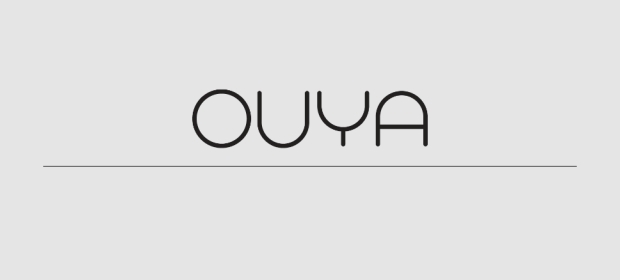Disclosure: Calvin is a backer of the Ouya, among many other interesting projects. He pre-ordered a console and two controllers, to get some early hands-on time and because he genuinely believes in the idea, as a gamer.
The idea is simple. Enable independent developers to get their games onto the television. No publisher requirement, no expensive hardware or licenses; you just create your game and release it. That’s what Julie Uhrman set out to do when she launched the project on Kickstarter back in July, 2012.
Almost a year later, Ouya has been shipped to developers and early-backers, and as of today it is released to public and on sale at many popular retailers (including Amazon US | UK | CA).
Ouya initially raised over $8.5m on Kickstarter, which later prompted an additional round of funding of $15m from Venture Capitalists. That’s over $23.5m in capital before the product even launched.
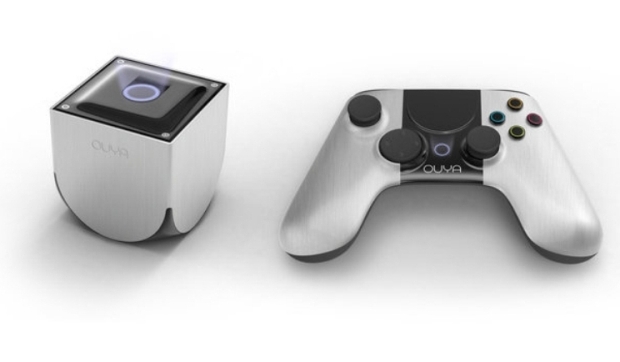
There has been a lot of mixed press around the Ouya. A lot of mainstream video game websites seem turned off by the idea, with statements like “who wants mobile games on their television?!”. But it could be argued that those sites are missing the bigger picture here. The idea is to have an open console, so yes, the Operating System is Android, but that doesn’t mean that Ouya is going to be full of ported mobile games. The platform is free and open for a reason, so that indie devs can get their work published on the system for gamers to access easily and free – or, at least, inexpensively. Ouya is an instant-access experience. So every game on the system is free to try, if not totally free to own. At the time of writing, games seem to be averaging at around $2.99.
The other big emphasis, aside from being an open platform, is on couch co-op. Ouya is bringing back couch gaming. Playing with friends on the same screen is something we’ve been missing from most current gen console titles for a while now, as it’s a feature often dropped from big AAA releases because of the high resource budget. Well, with most indie games that isn’t a problem. There’s a whole section in the Ouya’s ‘Discover’ menu highlighting ‘Couch Gaming with Friends’. Most of these titles aren’t split-screen either; they’re shared platformer experiences, be it co-op or competitive.
Ouya accepts up to four controllers – and not just official Ouya controllers. You can plug in a wired Xbox 360 controller or, even better, plug in a wireless adapter and use wireless Xbox 360 controllers. What’s even more amazing is that the PS3 and OnLive Universal controllers work out of the box with Ouya via Bluetooth. At the moment it is up to game developers to include support for Bluetooth controllers, but there is a high uptake. Hopefully Ouya will include support into the firmware, so that it’s not a guessing game as to which titles support which controllers.
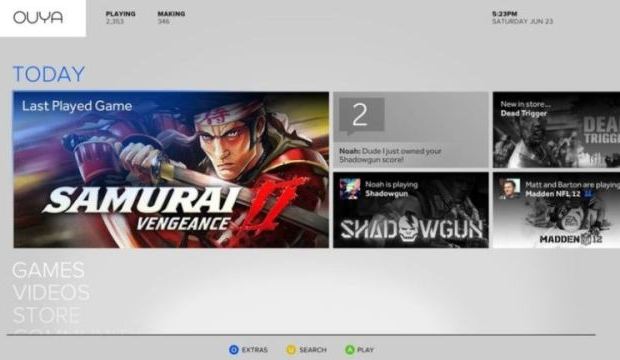
The official Ouya controllers work fine. They’re not the most responsive pads, they don’t have indented grippy analogue sticks, and the buttons push quite deep. But they’re quite ergonomic. The shape feels comfortable in the palm of your hand. It really is a shame the buttons and triggers feel so basic – it’s kind of no-frills. The weight balance is nice though, with the two AA batteries fitting into each side, leaving the back flat, much like the new Xbox One controller design. There are some dead zones on the analogue sticks at the moment, but official word is this is being patched in a mandatory firmware update shortly.
If the 174 launch titles and emulators aren’t your thing, you can always ‘side-load’ content directly onto the console. Side loading is basically installing Android apps external to the Ouya system. There’s no need to ‘hack’ the device. If you can’t find what you’re looking for through the official channels, just copy over an apk via USB, or even download it directly through the built-in browser.
As well as the plentiful amount of video games on the console at launch, there is also a decent number of apps. Emulators are proving very popular with the retro scene as an easy way to get your old favourites on the big screen again, but there’re also the official partnerships with the latest multimedia apps including Twitch, iHeart Radio, XBMC, Flixster and a few other recognisable brands.
Upon booting the device, the main menu is pretty simple, there are three options: Play, Discover, Develop. Play will display a list of your currently installed games, Develop offers information about developing for the console, and Discover is where you’ll find all of the games and apps available for Ouya, divided by categories. There’s a basic ranking system, where gamers can give a thumbs up to games they like. These are then listed on The O-Rank page, in order of the most ‘liked’ games, or “Games that will bring out your O-face”.
One of the most interesting features of the Ouya was developed by a third party. It’s called Blue Board, and is a bluetooth keyboard that syncs with your phone. Developed by Alienman Tech, Blue Board allows you to use your mobile phone as a keyboard when typing on the Ouya. This saves trying to select letters with a controller. It’s quite amazing, and not that dissimilar to SmartGlass, really.
Then there’s the built-in Touchpad on the controllers themselves. While we don’t know what the touchpad is going to do yet for the PS4, they look very similar. At least, they’re situated in the same place on the controller. The Ouya Touchpad offers full mouse functionality: swiping your finger on the Touchpad will move a mouse cursor (which only appears when being used) and tapping the pad will click the mouse.
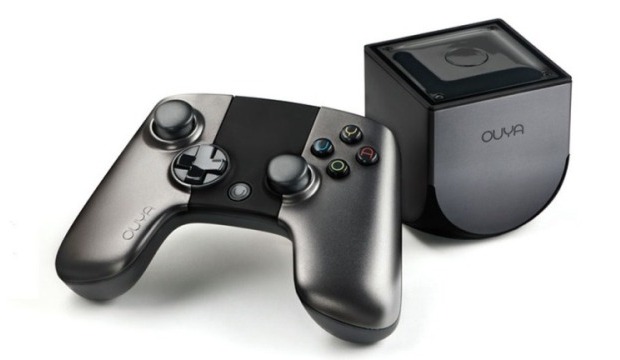
There isn’t an advanced online system with cross-game chat, achievements and friends lists, but that’s not what this console is about. The Ouya isn’t trying to compete with the Xbox 360 / One and PS3 / PS4. This is the console you switch to for your indie fix, to play with your real-life friends for some couch gaming, or to reminisce with an old SNES title.
This is the indie gamer’s console. It costs $99 / £99 – the same as an Apple TV, only a lot more open. In fact, the architecture is very similar to what we’d expect to see from an Apple-esque console.
Yes, you could plug your Android tablet or phone into the television, sync a Bluetooth controller to it and play mobile games on your TV. But it’s not a very good experience. Ouya is a simple jump-in-and-play experience that is catered to the gamer. It isn’t a multimedia device that’s trying to be 10 things at once, it is a video game console, pure and simple. To be honest, Ouya is much cheaper than all of the devices it’s being compared to anyway. An Asus Transformer TF700, for instance, is a good £300 more expensive. So although it has similar specs to the Ouya, it’s just not doing the same job.
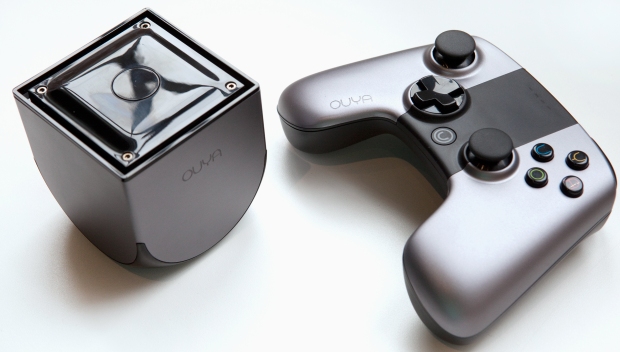
Specifications:
* Tegra3 quad-core processor
* 1GB RAM
* 8GB of internal flash storage
* HDMI connection to the TV, with support for up to 1080p HD
* WiFi 802.11 b/g/n
* Bluetooth LE 4.0
* USB 2.0 (one)
* Wireless controller with standard controls (two analog sticks, d-pad, eight action buttons, a system button), a touchpad
* Android 4.0
* Ethernet
Can an open games console work? We think it can. Look at the facts: 63,416 gamers backed the project when it launched on Kickstarter. It has venture capital backing. Various developers created 174 titles in time for release. It’s available from big high street retailers such as GameStop and GAME. The price is low. The only hurdle that remains is the uptake. Will enough people pick one up to declare it a success? What do you think?


